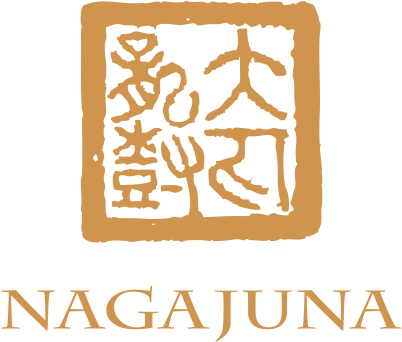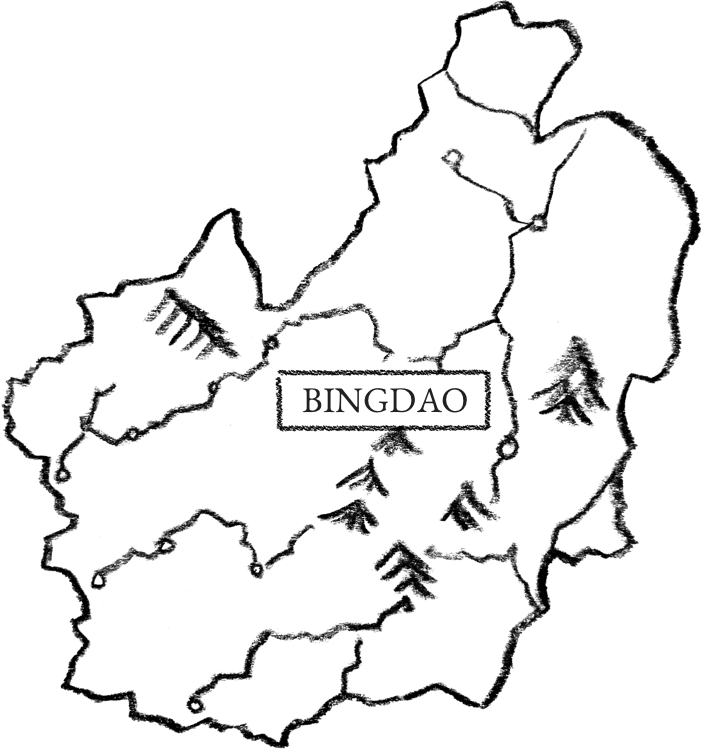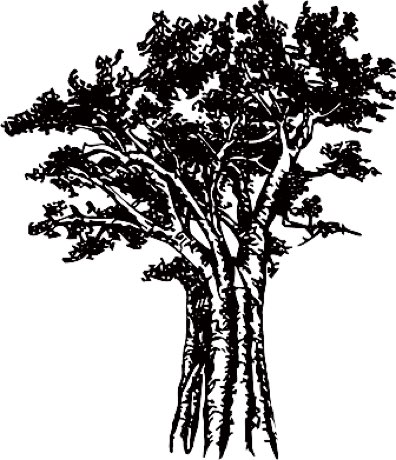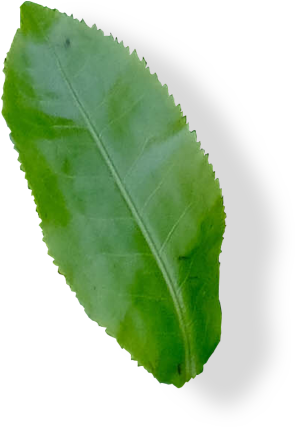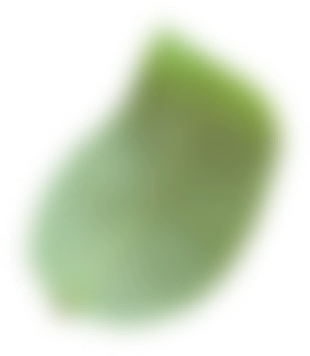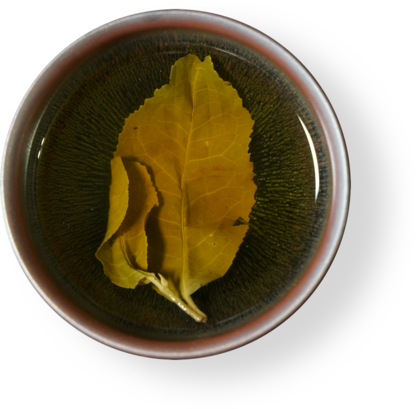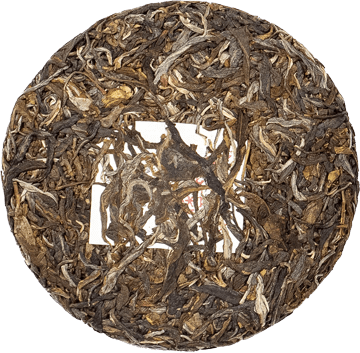Clear veins of the river twin;
Clean ranges of the snow within;
With age gathers the mountain soul;
For who acquaints the mastery undergo;
Steep cliffs the wild trees stood;
Withstand the chilly wind’s treat;
Beyond one’s ability to show;
Its pure beauty that all relates to know;
